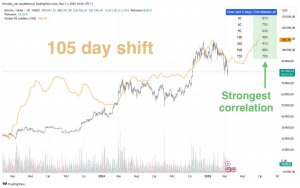The Four Eras of Leadership Theory

The last century saw an evolution of leadership theories grouped into four eras (Daft, 2008).
The first era featured ‘Great Person Leadership’ theories, which saw innate characteristics and traits as the key to leadership success. The second era featured ‘Rational Management’ theories, which focused on behavioral and contingency models. The third era featured ‘Team Leadership’ theories, which focused on horizontal connections as opposed to vertical. Finally, the fourth era featured ‘Leading Leadership’ theories, which emphasize agility in the fast-changing digital age.
To take a couple of examples, we can look at two prominent theories from two of the four eras. Two of the more prominent leadership theories that have arisen in the last hundred years are the Fiedler Contingency Model and the Leader-Member Exchange Theory. Each is indicative of its larger era in leadership research as both were forerunners in their respective categories.
Fiedler (1967) presented his Contingency Model as one of the first contingency theories, and so fits within the second era of leadership theory, Rational Management.
The research team of Graen and Uhl-Bien (1995) developed LMX theory in the 1990s as one of the first relationship-based theories, and thus an era-three leadership theory, Team Leadership.
References
Daft, R. L. (2008). The leadership experience. (4th Ed.). Mason, OH: Thomson South-Western. ISBN13: 9780324539684
Fiedler, F. E. (1967). A theory of leadership effectiveness. New York, NY: McGraw-Hill Text. ISBN13: 978-0070206755
Graen, G. B. & Uhl-Bien, M. (1995). Relationship-based approach to leadership: development of Leader Member Exchange (LMX) Theory of Leadership over 25 years: applying a multi-level multi-domain approach. Leadership Quarterly 6(2). 219-247.







